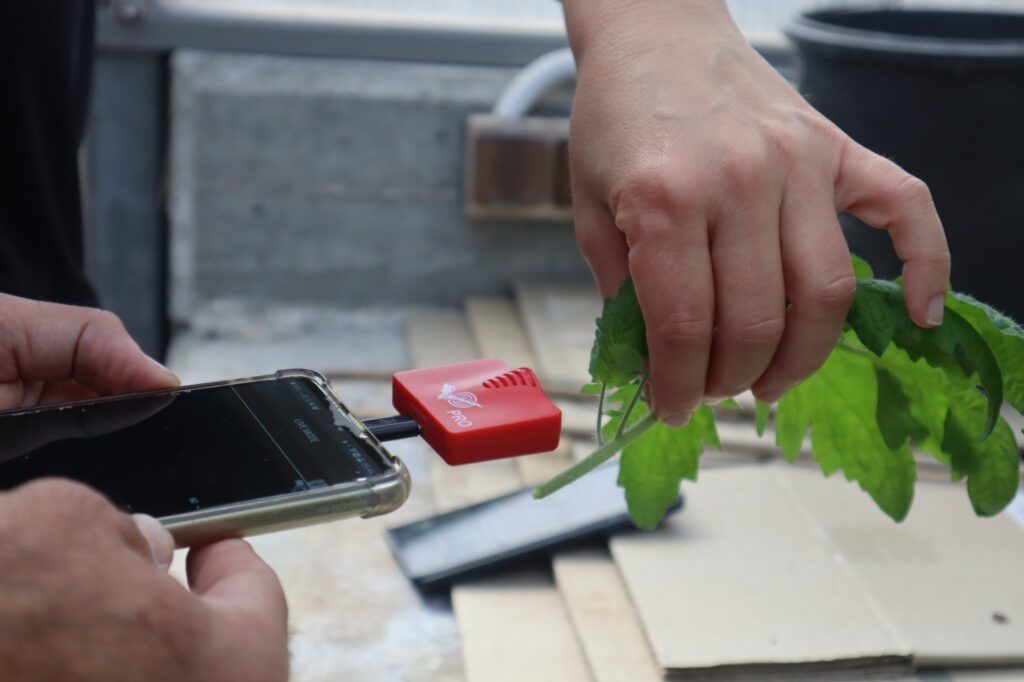
Plants have long been thought of as silent beings, simply existing and growing without making any noise. But a recent study published in the journal Cell has found that plants can actually produce “airborne sounds” when they are stressed or in need of water. These sounds are too high-pitched for most humans to hear, but some animals might be able to pick them up.

The study, conducted by Lilach Hadany and her colleagues at Tel-Aviv University in Israel, involved placing tobacco and tomato plants in boxes with microphones. The team found that plants that were water-deprived or had recently been cut produced up to 35 sounds per hour, while well-hydrated and uncut plants made only about one sound per hour. These sounds were ultrasonic, between 20 and 100 kilohertz, making them inaudible to most humans.

The researchers believe that the sounds are produced by air bubbles forming and breaking in the xylem, the tubes that transport water and nutrients throughout the plant. When there is a lack of water, bubbles are more likely to form, creating a popping noise. The team developed a machine-learning model to identify whether a plant was water-stressed or had been cut based on the sounds it made, with a 70% accuracy rate.

The implications of this research are potentially significant for agriculture and horticulture. Audio monitoring of plants could provide an efficient way of identifying which plants are water-stressed and need attention, allowing for more targeted watering and potentially reducing water usage. Pilot studies suggest that other crops, including wheat, corn, and wine grapes, also make noises when they are thirsty.

But beyond the practical applications, the study raises intriguing questions about the role of plant sounds in ecosystems. Hadany’s team has previously found that plants can respond to sounds made by animals, such as the buzzing of bees, and release sweeter nectar as a result. Could plant sounds be a way for plants to communicate with each other and with the animals around them? Could animals use these sounds to locate water sources or food? The evidence is not yet clear, and further research is needed to explore these questions.

Some experts remain skeptical that animals can hear the sounds of stressed plants, arguing that the noises are too faint to be picked up over long distances. But regardless of whether animals can hear them or not, the discovery of plant sounds challenges our assumptions about the sensory experiences of the natural world. It reminds us that the world around us is full of unexpected and mysterious phenomena, waiting to be discovered and understood.

Leave a Reply